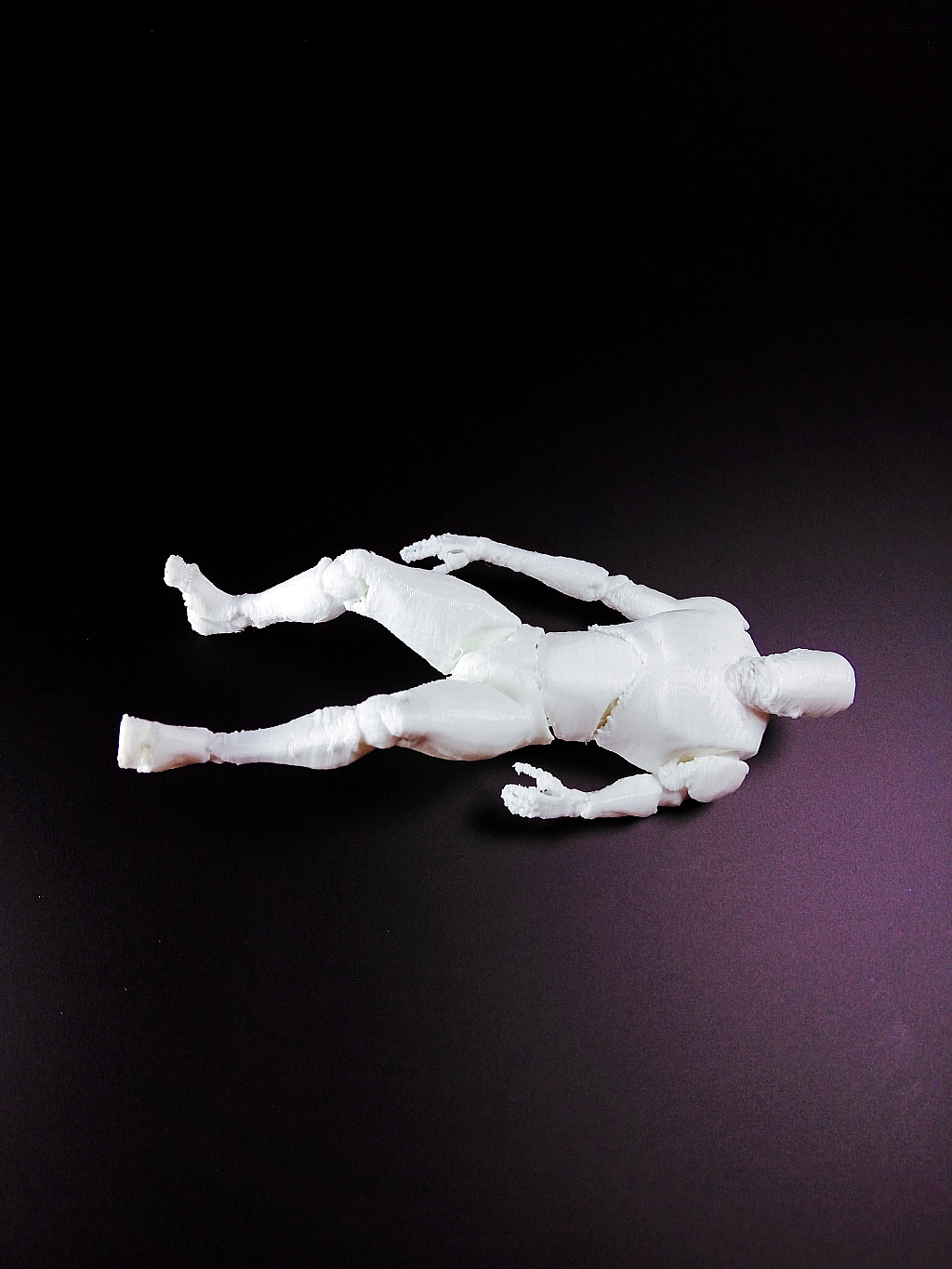
You should be comfortable with basic operation of the editor.If you need more help, shows, in detail, how to install the engine. If you don't have Unreal Engine 4, you need to go to and download the latest version.

It will "probably" work with other versions, though you might have to make some minor adjustments. We use, and recommend using, version 4.19.2 for this tutorial.
 You need Unreal Engine 4 to complete this tutorial. Of course, there are complications: one wants both first- and third-person guns to look like they are firing in the same direction and at the same target, while at the same time, you have to ensure the player does not see that the arms are really disconnected from the body, and the player should easily see what kind of gun he is carrying. Visibility settings ensure that only the arms are visible to the player, while only the humanoid is visible to everybody else. Therefore, the best practice is to have two character meshes: a first-person character mesh consisting of nothing but arms holding a weapon, and a full third-person humanoid character mesh. For realism, this is one of the few user interfaces rendered as 3D. Instead, it is really a UI or HUD, with the arms and weapon part of the interface to show where the character is shooting (and what the character is shooting with). In fact, conceptually, the first-person character is not an in-game object. This is one of the many situations in games and movies where absolute realism does not translate well to the viewer's or player's experience. You can try that if you like, but it generally does not work very well. It is tempting to use the third-person character and place a first-person camera in a location corresponding to the character's eyes and use that for the first-person view.
You need Unreal Engine 4 to complete this tutorial. Of course, there are complications: one wants both first- and third-person guns to look like they are firing in the same direction and at the same target, while at the same time, you have to ensure the player does not see that the arms are really disconnected from the body, and the player should easily see what kind of gun he is carrying. Visibility settings ensure that only the arms are visible to the player, while only the humanoid is visible to everybody else. Therefore, the best practice is to have two character meshes: a first-person character mesh consisting of nothing but arms holding a weapon, and a full third-person humanoid character mesh. For realism, this is one of the few user interfaces rendered as 3D. Instead, it is really a UI or HUD, with the arms and weapon part of the interface to show where the character is shooting (and what the character is shooting with). In fact, conceptually, the first-person character is not an in-game object. This is one of the many situations in games and movies where absolute realism does not translate well to the viewer's or player's experience. You can try that if you like, but it generally does not work very well. It is tempting to use the third-person character and place a first-person camera in a location corresponding to the character's eyes and use that for the first-person view.






 0 kommentar(er)
0 kommentar(er)
